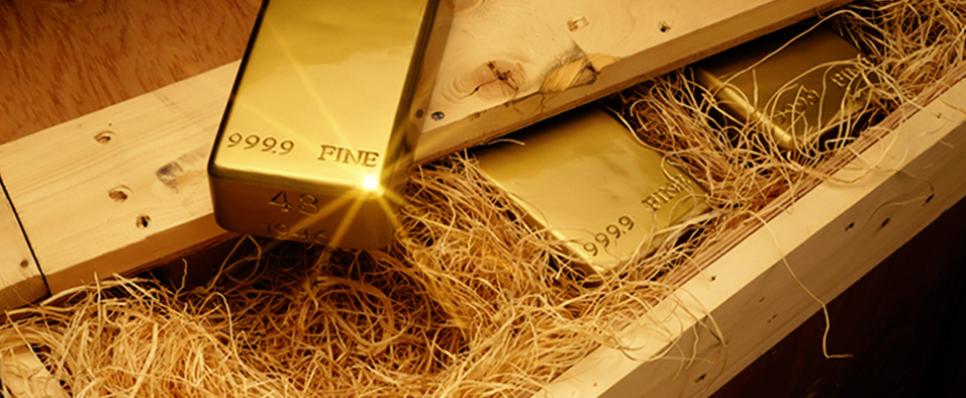Published: 04 Sep 2017
Everything you need to know about the gold standard

Did you know that gold was an integral part of the monetary system that existed between 1870 and 1914?
Let us go back to the era when the monetary system glittered – The gold standard.
What is gold standard?
The gold standard is a monetary system where the value of a country's paper money or currency was linked directly to gold. Such currencies could be freely converted into a fixed amount of gold. Under this system, the imports and exports of gold were free of restrictions.
History of the gold standard
The gold standard was introduced around the 1870s and lasted till the beginning of the First World War in 1914. Originally, the UK and some of its colonies implemented the gold standard. By the year 1900, all countries except China and some Central American countries were following the gold standard.
Initially, the gold standard was introduced like a gold specie standard, i.e., by circulating gold coins. With the invention and circulation of paper money, gold coins were eventually replaced by banknotes. These were called the gold bullion standard. In this system, gold coins were not circulated but gold bullion was sold as per demand at a fixed rate in exchange for the circulating currency. This is how gold bullion standard works.
During World War 1, the United States and the European countries suspended the gold standard to meet military expenses. After the war, the gold exchange standard was causing unemployment and deflation. By the great depression hit, the gold standard was abandoned.
The rise of gold standard
By the year 1900, all countries, except for China and some countries in Central America, had adopted the gold standard. The widespread adoption of the gold standard had a positive effect on the world economy. There was rapid growth and market volatility was low. 'Emerging markets' of the era, such as the Americas, Australia, New Zealand, and South Africa opened for trade due to favourable conditions.
How is gold standard determined?
Countries using the gold standard would fix a price for gold. All the buying and selling of gold was then carried out at this price. Also, the value of the domestic currency was derived from such a price.
There were no set rules for the gold standard. However, the government and the banks were expected to observe certain rules. These were known as the ‘rules of the game’. Few of the rules:
- There is no restriction on the imports and exports of gold between countries.
- The central banks must endeavour to accelerate the gold standard.
- The gold standard can be non-operational in times of crisis. However, restoration post crisis was a must.
- There should be a fair amount of cooperation between the central banks of different countries
The first advocates of gold standard
| Country | Period |
| The United Kingdom | 1819 |
| Portugal | 1854 |
| Germany | 1871 |
By 1900, all countries adopted the system, except China and some Central American countries.
Impact of gold standard
Advantages
- Provided self-regulating and stabilising effect on the economy
- Provided fixed international exchange rates between participating countries
- Reduced uncertainty in international trade
- Kept inflation in check as a government can print money corresponding to the amount of gold it has
Disadvantages
- Country’s economy became dependent on its gold supply and reserves
- Countries which mined more gold had an edge over countries with limited or no gold reserves
- Countries with multiple gold mines tended to hold over their supply of gold
- Country’s government wanted to protect their gold supply, causing economic fluctuations and recession
The fall of the gold standard
The gold standard could not stand the test of time. The post-World War I era witnessed the breakdown of this standard. Despite several countries trying to adhere to it, this monometallic standard finally collapsed during the great depression in 1929.
Bottom line
Geoffrey Crowther, a British economist said that the gold standard will work only if it was given exclusive devotion, akin to a jealous God. Gold was an important part of the monetary system for about 50 years, but several economic and political factors led to its fall. It has now been completely replaced by fiat money. It is a currency used because of a government's order and is accepted as a payment method. For US, it is Dollar, for India, it is INR, for Dubai, it is Dirham. Today, gold is not used as a currency, but eternally stores economic, social, emotional, and aesthetic value.











